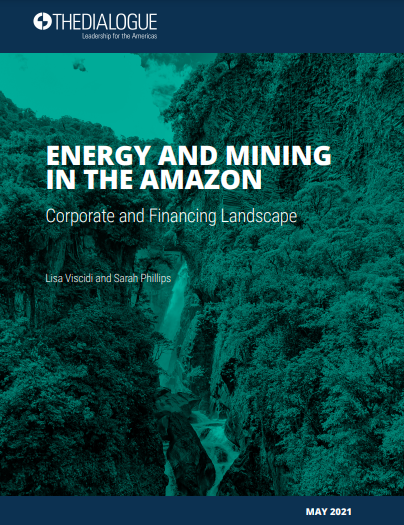Rising Brazil: The Choices Of A New Global Power
What should we expect from a newly powerful Brazil? Does the country have the capacity and leadership to be a central actor in addressing critical global and regional problems?
The Amazon rainforest is one of the world’s most important ecosystems, home to several million species of native plants and animals, as well as Indigenous peoples, and is a critical carbon sink. The Amazon region also holds substantial energy and mineral resources and is dotted with hydroelectric dams, oil and gas drilling sites, and mining projects producing gold, copper and other substances. A variety of companies own and operate these projects, while numerous banks and funds provide financing to back them.
State-owned enterprises, as well as small and mid-sized international companies from a handful of countries, operate the largest share of energy and mining projects in the Amazon region, and thus have an important impact on the implementation of environmental and social safeguards, according to a new report by the Inter-American Dialogue. The analysis is based on findings from a new database developed by the Dialogue that provides a snapshot of the entities that own, operate, and finance hydroelectric, oil and gas, and mining projects in the Amazon region, including the countries where companies are headquartered, the types of companies present, the major financial backers, and the deals made within the three sectors.



What should we expect from a newly powerful Brazil? Does the country have the capacity and leadership to be a central actor in addressing critical global and regional problems?
President Lula da Silva triumphantly announced that he and his Turkish counterpart had persuaded Iran to shift a major part of its uranium enrichment program overseas—an objective that had previously eluded the US and other world powers. Washington, however, was not applauding.
At the Inter-American Dialogue, José Miguel Insulza described the events of September 30, in which Ecuadoran police brought the country to a standstill after they rioted and trapped President Rafael Correa in a Quito hospital for several hours.
